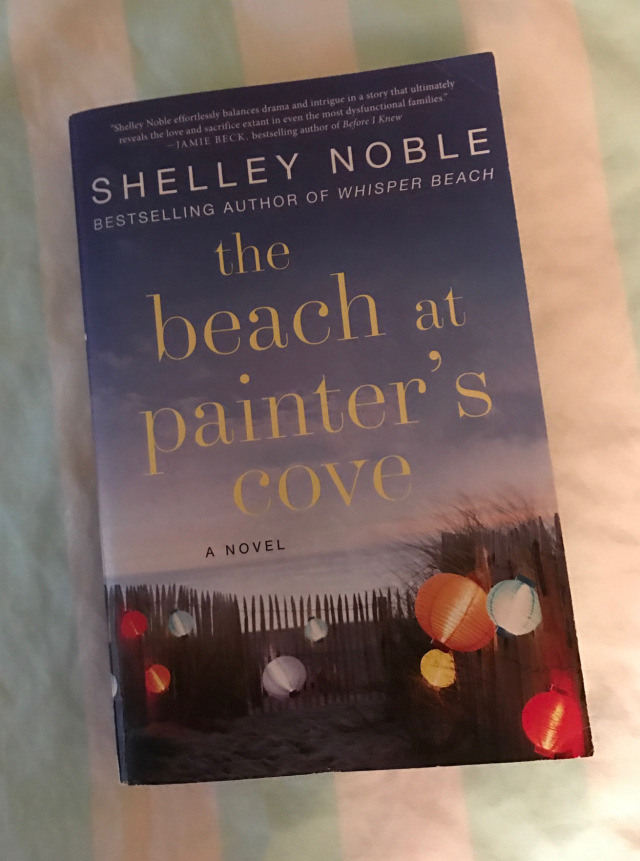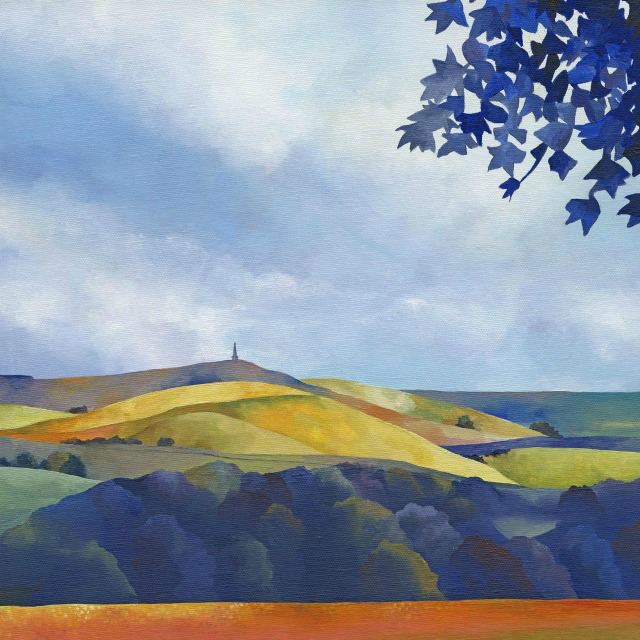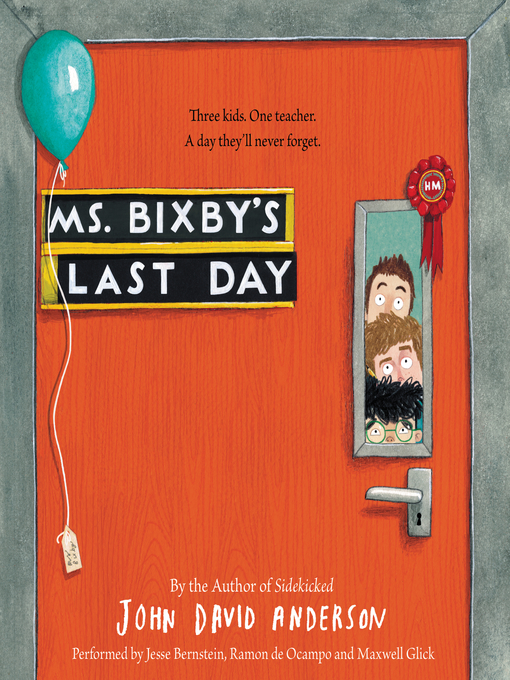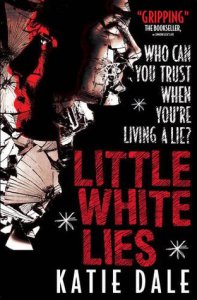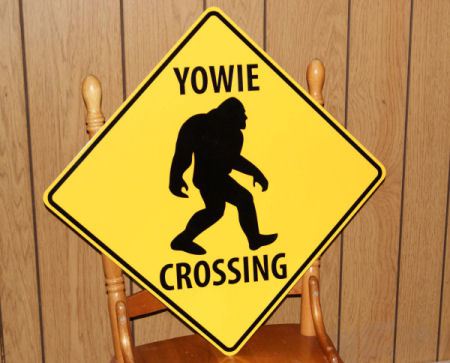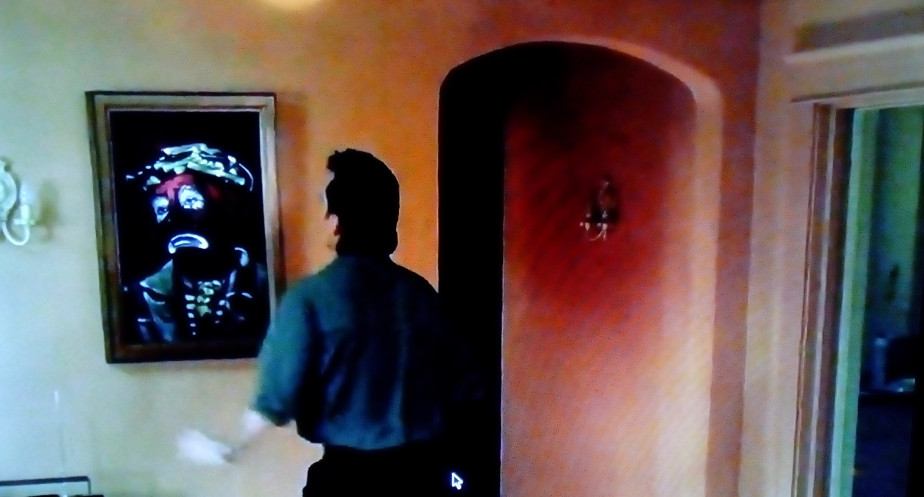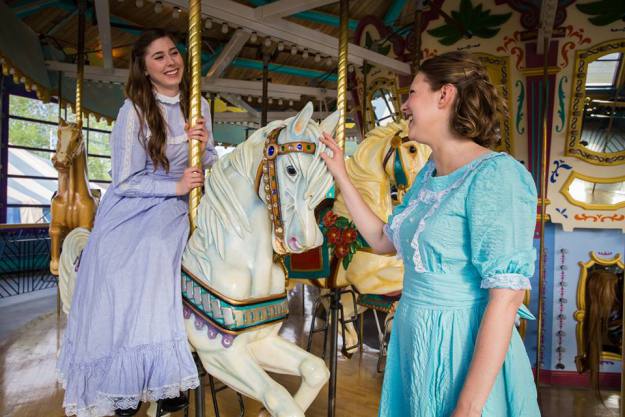Download links for: De vervalser


Reviews (see all)
Write review
Wonderful survey both of art forgery in general, and the Van Meegeren story in particular.
As much a story about ego as art. Loved it.
Te langdradig.
Other books by History & Biography
Other books by Edward Dolnick
Related articles



